Coccydynia and Physiotherapy Treatment
What is a Coccydynia?
Coccydynia is a medical term used to describe pain in the coccyx or tailbone, which is the small, triangular bone at the bottom of the spine. Coccydynia can be caused by a variety of factors, including trauma, injury, or repetitive strain to the coccyx, as well as infections or tumors in the area.
Symptoms of coccydynia may include pain, tenderness, or discomfort in the tailbone area, especially when sitting or during activities that put pressure on the area. Treatment options for coccydynia may include pain medication, physical therapy, or in severe cases, surgery to remove the coccyx.
- Coccydynia is described as a disabling pain in and around the coccyx, The pain typically is triggered in a seat position and may intensify when the patient rises to a standing position.
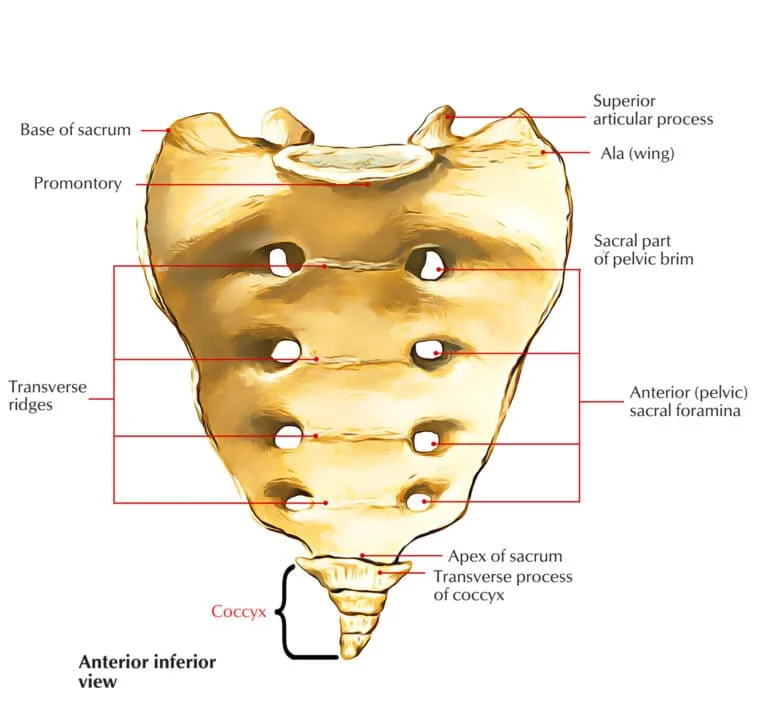
Anatomy related to Coccydynia
- The coccyx is the most distal aspect of the vertebral column and consists of three to five rudimentary vertebral units that are typically fused.
- The ventral part of the coccyx is concave, and the dorsal aspect is convex and features coccygeal articular processes.
- The coccyx articulates with the sacral cornua of the inferior sacral apex at S5. The anterior aspect of the coccyx serves as the attachment site of ligaments and muscles important for many functions of the pelvic floor. The levator ani muscle includes the coccygeus, pubococcygeus, and iliococcygeus.
- The coccyx supports the position of the anus. Attached to the posterior side of the coccyx is the gluteus maximus. Muscle weakness disturbed tonus or damage to muscles or ligaments can cause abnormal positions of the coccyx.
Causes of Coccydynia
- Direct trauma due to a fall on the tailbone
- Fracture
- Dislocation and malalignment
- During the delivery of the baby, pressure is exerted on the coccyx
- Prolong sitting on a hard surface
- Professionals on desktop job
- Obesity
Symptoms of Coccydynia
- Pain over the bottom part of the spine
- Pain aggravated on sitting
- Pain while passing stool
- Swelling and bruise in case of trauma or injury
- Pain in a sitting position
- Pain with the transition from sitting to standing
- Pain with standing, walking, forward flexion
- Pain with defecation, coughing
- Increased pain during menstruation
- Inflammation
- Poor sitting posture
- Frequent shifts in sitting position, sitting down carefully
- Luxation, hypermobility, and hypomobility of the coccyx
- Difficulty sitting, impacting the ability to perform work and daily activities
- Difficulty
- Pain with defecation
Diagnosis of Coccydynia
- Based on the patient’s history and physical examination
- examination of the entire spine
- tenderness over tailbone
- x-ray in case of trauma
- MRI to rule out other conditions
Treatment
Treatment for tailbone pain is based on the origin and degree of your pain. You mostly require home remedies and Physical therapy. However, your physician might suggest nonsurgical or surgical procedures if home cures are ineffective.
Natural treatments for pain in the tailbone
90% of tailbone pain sufferers find relief with over-the-counter medications.
Here are some ideas for things to try:
Treatment for tailbone pain is based on the origin and degree of your pain. You may require home remedies with Physical therapy. However, your physician might suggest nonsurgical or surgical procedures if home cures are ineffective.
Home Remedies
90% of tailbone pain sufferers find relief with over-the-counter medications.
Here are some ideas for things to try:
- To lessen pain and swelling, take nonsteroidal anti-inflammatory medicines or NSAIDs.
- To relieve pressure on your tailbone, sit on a wedge-shaped gel cushion or donut pillow.
- To relieve pain and relax your muscles, take a hot bath.
- Place warm or cold compresses on your lower back. Apply multiple times a day for 20 to 30 minutes at a time.
- If you experience pain when you defecate, take stool softeners.
Medical Treatment for pain in the tailbone
In cases when nonsurgical treatments prove ineffective or the pain persists, your physician may suggest the following nonsurgical options:
- An injection of numbing drugs and steroids to reduce pain and inflammation is known as a coccygeal nerve block.
- Massage therapy (typically only offers short-term comfort).
- Physical therapy can help you with posture and muscular stretches.
- Acupuncture/Acupressure
- Transcutaneous electrical nerve stimulation.
Surgical Treatment
In very unusual circumstances, your Doctor might advise:
A partial coccygectomy is when a portion of your coccyx is removed.
complete coccygectomy, or removal of the coccyx altogether.
Following a coccygectomy, recovery may take many months. There’s no assurance that the pain will go away, even if a surgeon removes the bone. Because of this, doctors only advise coccygectomy in cases where no other options are available.
Physiotherapy Treatment of Coccydynia
PAIN RELIEVING MODALITY
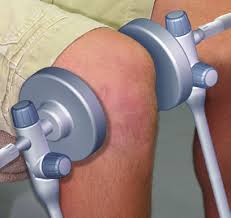
- SWD: short wave diathermy is a deep heating modality that uses heat to provide pain relief, it improves the blood supply to targeted muscles, removal of waste products
PELVIC STABILISATION EXERCISE
- Laying on your back, gently pull your knees to your chest, holding for a second, then extending your arms back out straight.
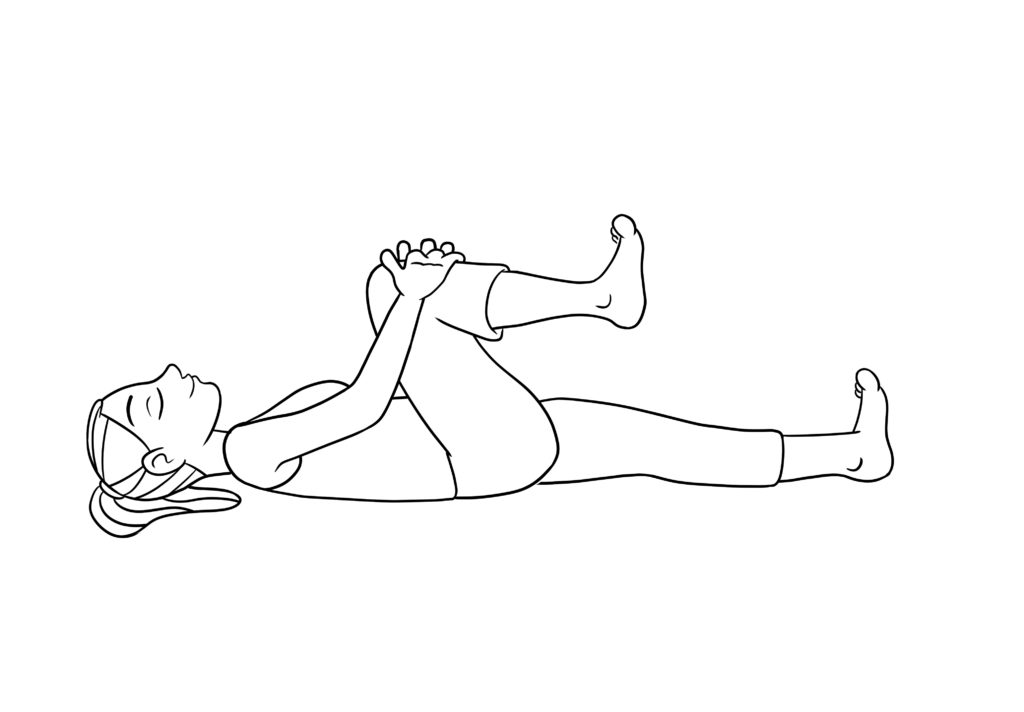
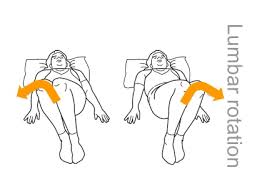
- With your feet on the ground, bend your knees, and gently move them from side to side in a windscreen wiper motion. This exercise for lower back pain works by gently rotating your lumbar spine.
- Laying on your stomach, gently press up and extend your lower back. Do not hold this, but repeat the movement 10 times, for 3 sets.
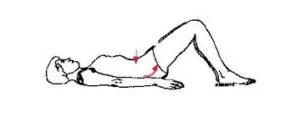
- Laying on your back, arch your lower back, then flatten it into the ground.
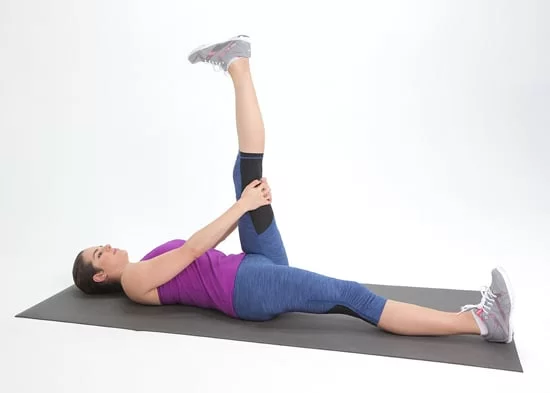
HAMSTRING STRETCH
- The hamstring stretch can help stabilize your lumbar spine. Lie on your back with your knees bent, keeping your spine in a neutral position.
- Raise your left leg into the air and straighten it by lifting your heel toward the ceiling. Hold your leg behind the upper thigh using both hands and gently pull the leg closer to your body. Hold the stretch for up to 30 seconds, then release and repeat on the opposite side.
How to Prevent Coccydynia?
You can’t always prevent tailbone pain because it often occurs after accidents or as a symptom of an underlying condition.
You might be able to reduce your risk if you:
- Avoid sitting for long periods of time, especially on hard surfaces.
- Use caution when cycling or participating in other activities that could cause tailbone pain.
There are also things you can do to reduce your risk of falls:
- Keep your floors and pathways clear.
- Install a railing for your stairs, if possible.
- Try to keep stairways well-lit.
- Avoid looking at your phone when walking.
Prognosis
With the aid of Pain relieving Medicines, Home Remedies, and regular Physical therapy, tailbone pain typically goes away on in a matter of days. Injuries that are more serious may require a little longer.
However, if you experience persistent coccydynia or tailbone pain, your doctor can examine you to find out why.
Conclusion
Pain in the tailbone usually goes away in a few days. However, it can easily turn into an unwelcome guest. It’s time to schedule an appointment if tailbone pain persists for more than a few weeks or if it becomes disruptive to everyday activities. See a healthcare professional to find out more about treating tailbone pain.

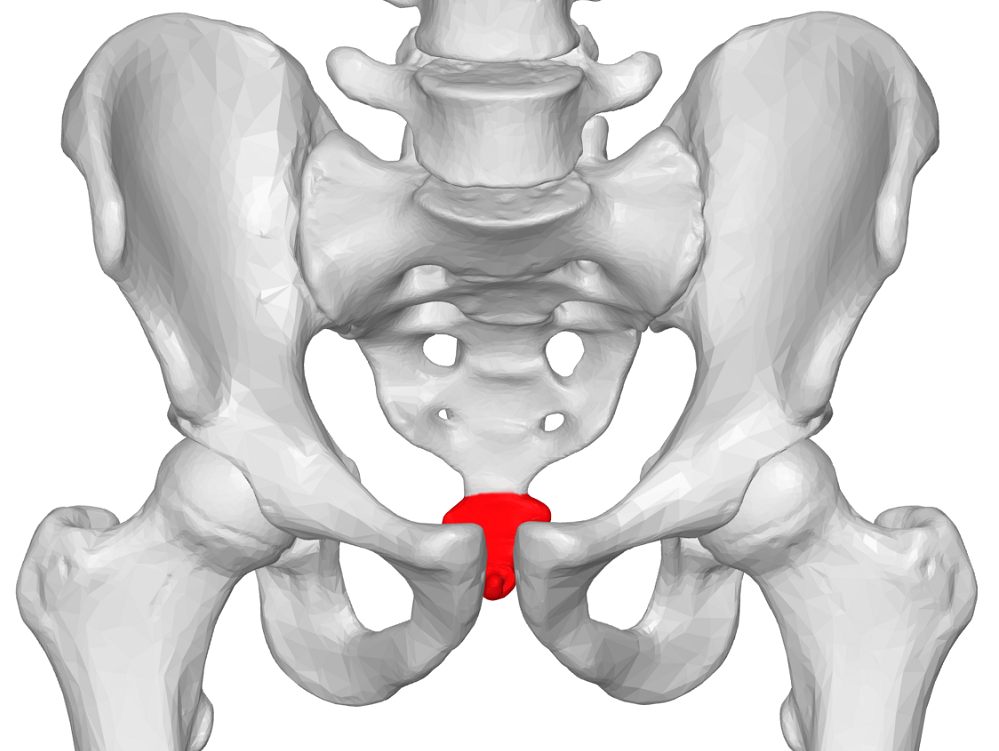
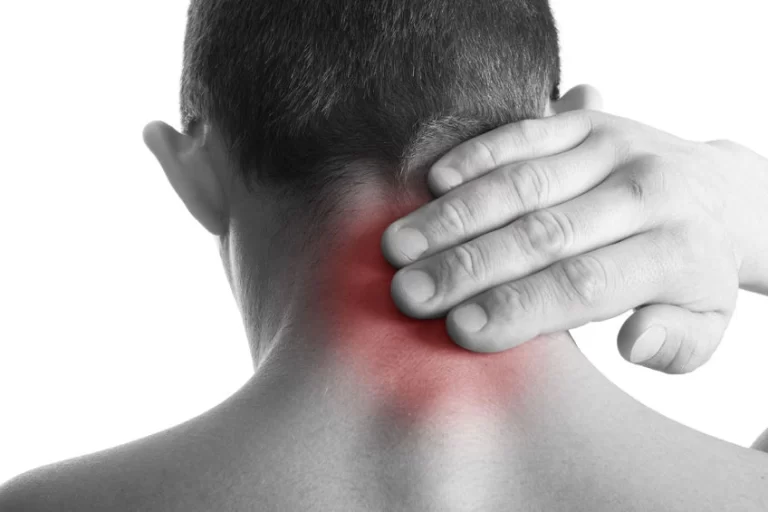

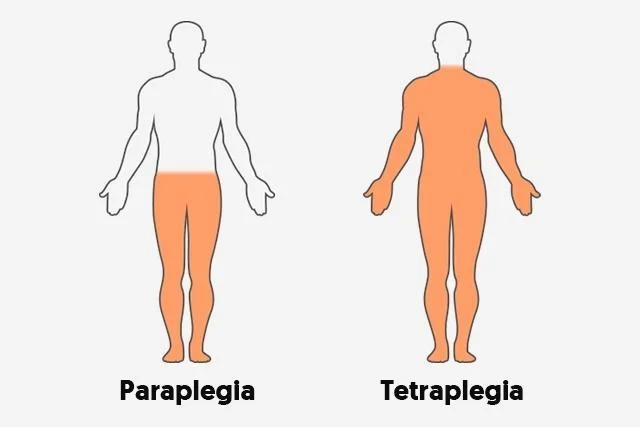
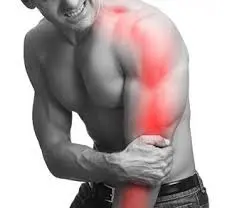
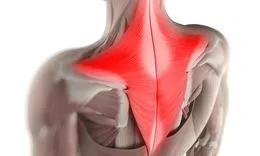
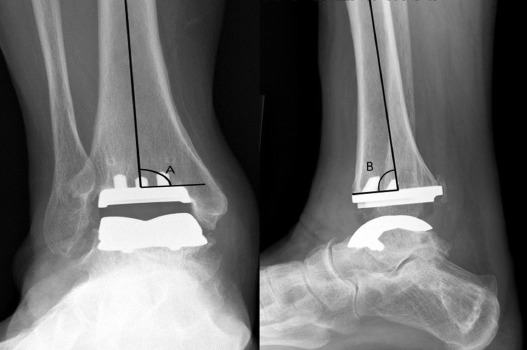
8 Comments